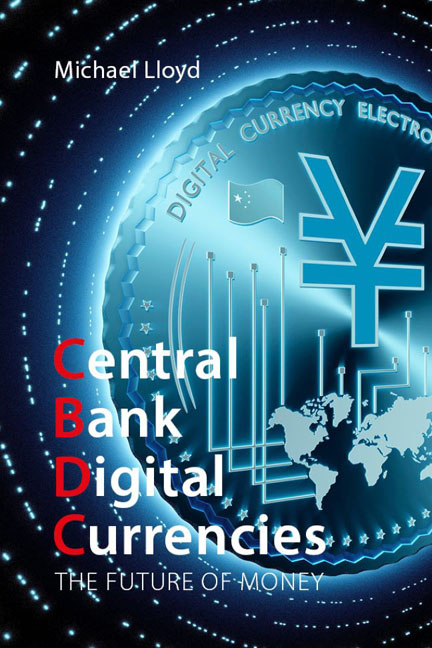Book contents
- Frontmatter
- Contents
- Introduction
- 1 Retail and wholesale CBDCs
- 2 Domestic monetary and legal implications
- 3 Technology
- 4 Impact on the commercial banking sector
- 5 The regional and international nexus
- 6 The future of money: the next decade
- Appendix 1 Retail CBDC case studies
- Appendix 2 Wholesale CBDC: cross-border examples
- References
- Index
5 - The regional and international nexus
Published online by Cambridge University Press: 20 January 2024
- Frontmatter
- Contents
- Introduction
- 1 Retail and wholesale CBDCs
- 2 Domestic monetary and legal implications
- 3 Technology
- 4 Impact on the commercial banking sector
- 5 The regional and international nexus
- 6 The future of money: the next decade
- Appendix 1 Retail CBDC case studies
- Appendix 2 Wholesale CBDC: cross-border examples
- References
- Index
Summary
The development of stablecoins and their use in cross-border financial transfers has the potential to pose a threat to global financial stability. The global financial system is inherently unstable, reflecting the increasing dysfunction of the Bretton Woods global trade and finance settlement that was based on the US dollar as the principal global medium of exchange, store of value and unit of account. The deterioration in the effectiveness of this global system is being accelerated by the shift in global trade, consumption and economic growth towards the Asia-Pacific supra-region accompanied by the growing inadequacy of stable global financial reserves (SDRs) owned and managed by the IMF.
It seems likely that, unless central banks collaborate internationally in opening up the possibilities for the introduction of retail and wholesale CBDCs, then unintended negative consequences may occur. For example, if Sweden – the “first mover” among EU countries (albeit they may not now be the first to issue a CBDC) – introduced a digital krona, then its use could leak across Nordic countries. China has already suggested that their e-CNY might be used for regional trade transactions between China, Japan, South Korea and Hong Kong. The advent of China's exploration of cross-border retail and wholesale CBDCs has been linked to concern about the potential of extension of e-CNY for wider international payments. Some US commentators have expressed fears of its challenge to the dollar as a reserve currency. The Bank of International Settlements is considering all these issues. The significant emphasis placed on the use of CBDCs by the BIS in relation to cross-border payments related to trade, tourism and capital movements is indicative of the concern exhibited by central banks about the use of unregulated stablecoins for international payments. The various central bank CBDC activities could be regarded as a precursor to the eventual adoption of a global reserve digital currency. A move the US will be likely to strongly resist, despite the use of the dollar as the main reserve currency being a mixed blessing, as Barry Eichengreen (2017) and other economists have pointed out. This explains some of the resistance to CBDCs among US financial institutions and economists.
- Type
- Chapter
- Information
- Central Bank Digital CurrenciesThe Future of Money, pp. 95 - 118Publisher: Agenda PublishingPrint publication year: 2023



